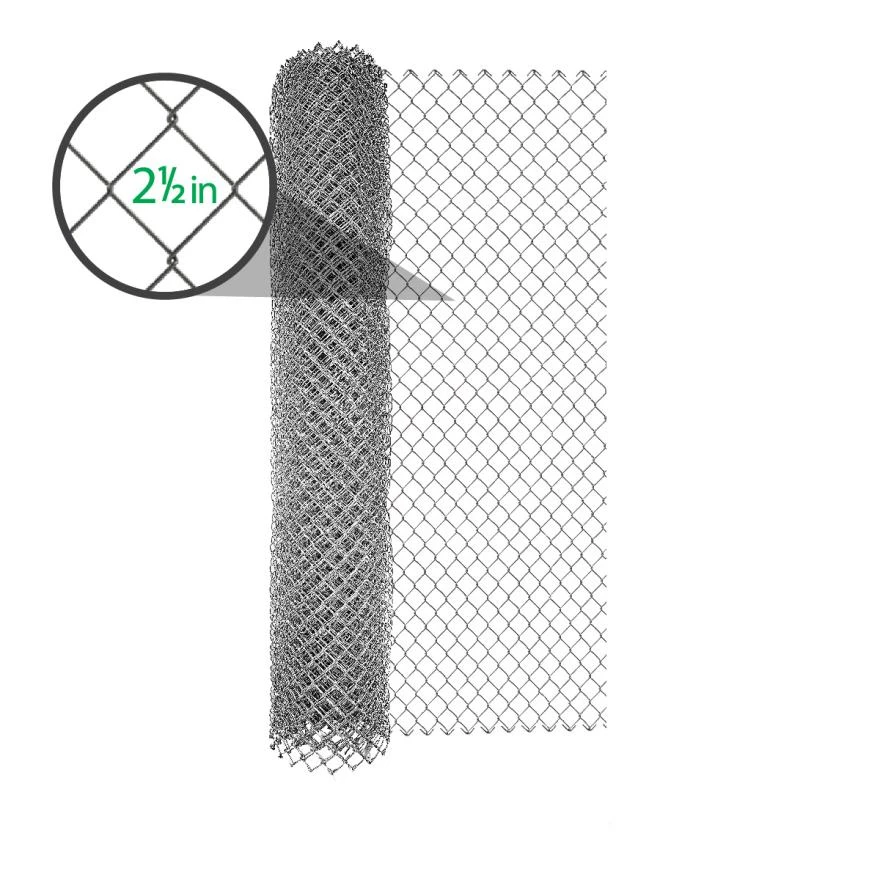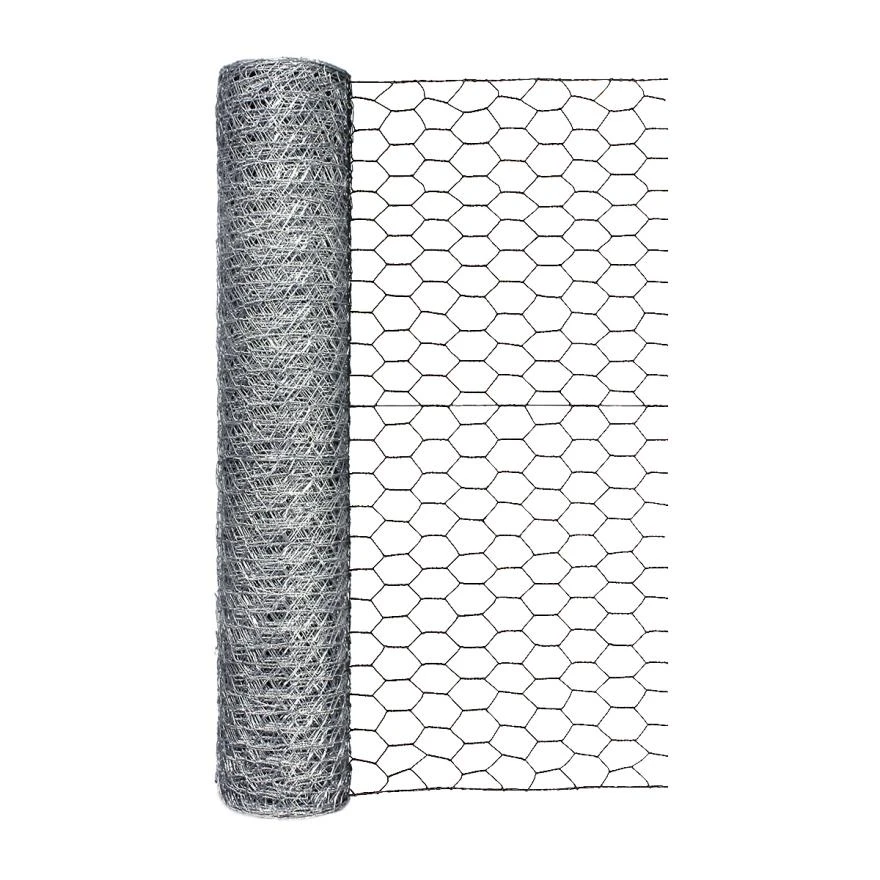building nails
Okt . 14, 2024 11:55
The Art of Building Nails Craftsmanship and Innovation
Building nails, an often-overlooked yet essential component of construction and woodworking, play a pivotal role in ensuring the stability and durability of structures. These humble fasteners have evolved significantly over the years, transforming from rudimentary metal spikes into finely engineered tools that cater to the diverse needs of builders and craftsmen.
Nails have been used since ancient times, serving as primary fasteners in various construction projects. The earliest examples were made from materials such as wood and bronze. However, the introduction of iron nails in the Middle Ages marked a significant advancement in the construction industry. Iron nails offered greater strength and durability, quickly becoming the preferred choice for builders.
Today, building nails are manufactured in various shapes, sizes, and materials to meet the demands of modern construction projects
. Common types include common nails, box nails, finishing nails, and framing nails. Each type is designed for specific applications; for example, common nails are used for framing, while finishing nails provide a sleek finish in woodworking projects.The materials used in nail production have also expanded. While traditional steel remains predominant, manufacturers now produce stainless steel, galvanized, and coated nails to resist corrosion and withstand various environmental conditions. This innovation has significantly increased the lifespan of structures, particularly in areas prone to moisture or extreme weather.
building nails

The design of nails has also seen substantial improvements. Features such as spiral shanks and ringed designs enhance grip, making them less likely to pull out over time. Furthermore, innovative point designs, such as sharp and chisel points, facilitate easier driving into materials, reducing the risk of splitting wood and enhancing overall efficiency during construction.
Moreover, the rise of technology and automation in the manufacturing process has revolutionized nail production. Today, advanced machinery enables precise cutting, shaping, and coating, ensuring consistency in quality. This precision is crucial, as even minor imperfections in nails can lead to structural failures, emphasizing the importance of quality control in nail manufacturing.
In recent years, a growing emphasis on sustainability has also influenced the building nail industry. Manufacturers are increasingly exploring eco-friendly materials and production processes to reduce the environmental impact of construction. The use of recycled materials and sustainable practices aligns with the broader trend towards greener building practices.
As the construction landscape continues to evolve, the role of building nails remains indispensable. They are not merely fasteners; they are a symbol of craftsmanship and innovation in the industry. Understanding the various types, materials, and advancements in building nails can empower builders and DIY enthusiasts alike to make informed choices that enhance the quality and longevity of their projects.
In conclusion, building nails may appear simple, yet they embody a rich history of innovation and craftsmanship. From ancient iron spikes to modern, precision-engineered fasteners, nails are essential in today's construction practices. As the industry moves forward, continued advancements in technology and sustainability will undoubtedly enhance the role of building nails, ensuring they remain a fundamental element of construction for generations to come.









 Unity
Unity Creation
Creation Challenge
Challenge Contribution
Contribution










